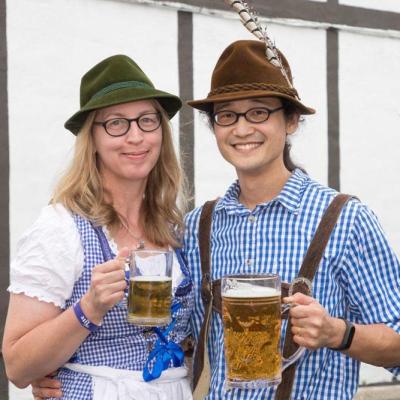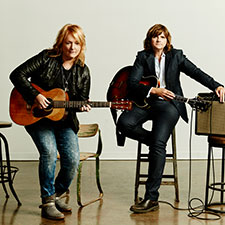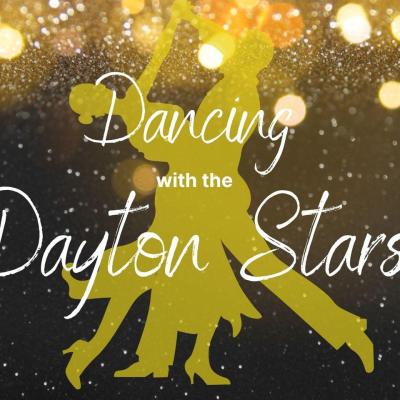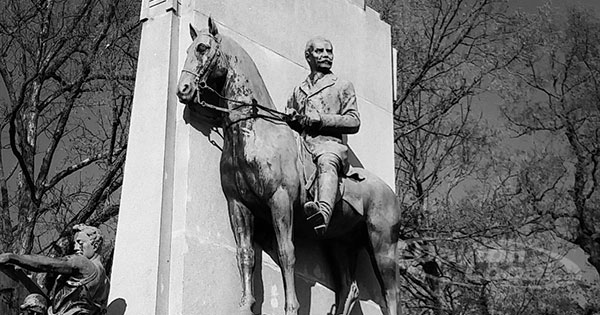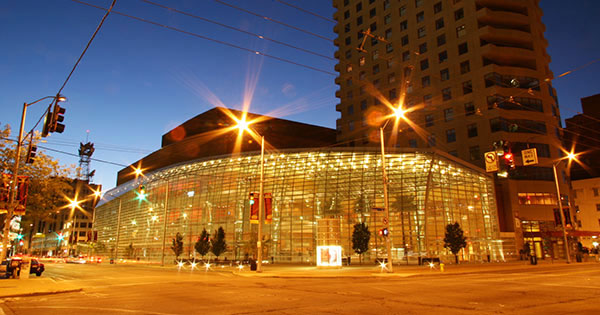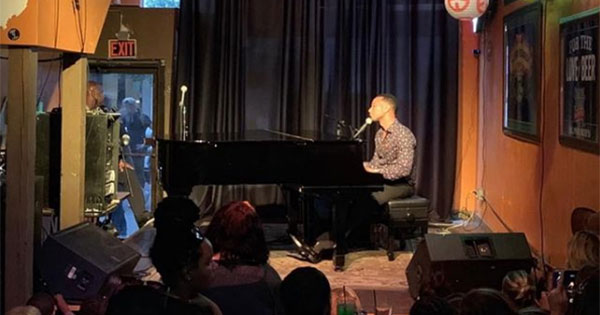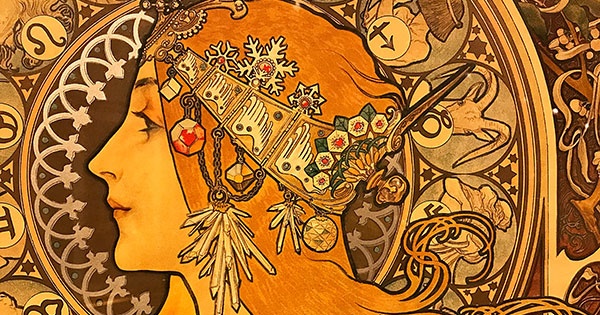
The Dayton Art Institute's latest exhibition highlights the grace and beauty of the female form by one of the Art Nouveau movement's most talented artists.
Alphonse Mucha: Master of Art Nouveau Lives Up to Its Hype
When the themes for this year’s special exhibitions were announced, I was giddy with anticipation for the final offering of 2017, Alphonse Mucha: Master of Art Nouveau. Apparently so were lots of other art lovers, for the line to view this exhibit on member preview night stretched into the parking lot. No one walked away disappointed as this exhibit truly lives up to its hype.
 The collection features seventy-five works in a variety of styles and forms from the Dhawan Collection by Czechoslovakian artist Alphonse Mucha, who achieved notoriety by popularizing the image of the femme fatale, or what we would call the siren or bombshell. Visitors to the exhibit are first introduced to Mucha through lithographs of the alluring French actress Sarah Bernhardt in various theatrical roles, from the stately diva Grismonda to the handsomely beautiful male lead Lorenzaccio. At least one of the renderings has a local connection as the Sarah Bernhardt, American Tour poster was produced by Cincinnati’s Strobridge Lithographic Company.
The collection features seventy-five works in a variety of styles and forms from the Dhawan Collection by Czechoslovakian artist Alphonse Mucha, who achieved notoriety by popularizing the image of the femme fatale, or what we would call the siren or bombshell. Visitors to the exhibit are first introduced to Mucha through lithographs of the alluring French actress Sarah Bernhardt in various theatrical roles, from the stately diva Grismonda to the handsomely beautiful male lead Lorenzaccio. At least one of the renderings has a local connection as the Sarah Bernhardt, American Tour poster was produced by Cincinnati’s Strobridge Lithographic Company.
As with the year’s previous exhibits by Kay WalkingStick and the Ubuhle Women, Mucha’s work celebrates the beauty and elegance of the female form, this time at the turn of the twentieth century. Immediately, visitors are treated to the hallmarks of Art Nouveau style and design: lush flowers, arched frames, ornate garlands and leafy vines, draping garments, glittery stars, and repeating circles and scrolls and ribbons. It is the same graceful style that is seen in the paintings, stained glass, mosaics, and textiles of Louis Comfort Tiffany, Gustav Klimt, Henri Toulouse-Lautrec and William Morris.
To delve further into the exhibit is to see Mucha’s genius at work in translating his Art Nouveau style to everyday objects, from menus and biscuit tins to book covers to travel posters and product advertisements for insurance and cigarette papers and Benedictine herbal liquor. It is a feast for the eyes and the soul to see these ornate, delicate beauties in the ephemera of daily life, especially as compared to the bold, angular, and often uniform elements of modern design.
Though it is hard to focus on a single defining work from so many brilliant pieces, I would point to Mucha’s Zodiaque as one of my personal favorites in the collection. The lithograph’s subject is a woman in side profile with flowing gold hair and a head crowned with a garland of flowers and snowflakes and Art Deco patterns, set against a wheel of zodiac symbols. To me, this image evokes the feeling of a Byzantine icon, with the disc surrounding the woman’s head reminiscent of a halo crowning the head of a saint. Perhaps it is not coincidence that nearby in the same gallery hangs a pair of works titled Byzantine Heads – Brunette and Blonde.
Other favorites include Cycles Perfecta of a golden-haired woman advertising the pleasures of bike riding and Monaco, Monte-Carlo, which enticed railway passengers in the late 1800s to a vacation getaway in the French Riviera.
A special nod goes to the museum staff in their preparation for displaying these works. The addition of the Art Nouveau scrollwork to the galleries and the choice of wall colors to highlight, rather than compete, with the rich colors of the lithographs brings unity and harmony to the exhibit space and showcases why the Dayton Art Institute was chosen as the only Midwest venue for this spectacular show. This is the must-see exhibit of 2017, and if you’re like me, you’ll want to see it again and again before it closes at year’s end.
Alphonse Mucha: Master of Art Nouveau is on display now through December 31, 2017. Admission, which includes access to the exhibition and the museum's permanent collections, is $14 for adults, $11 for seniors 60 and over, $11 for active duty military personnel, $11 for students 18 years and older with ID, and $6 for youth ages 7 to 17. Admission is free for DAI members and children under 6. Museum hours are Wednesday through Saturday 11 am – 5 pm with extended evening hours on Thursdays until 8 pm and Sunday Noon – 5 pm. The museum is closed Mondays, Tuesdays, and major holidays.


